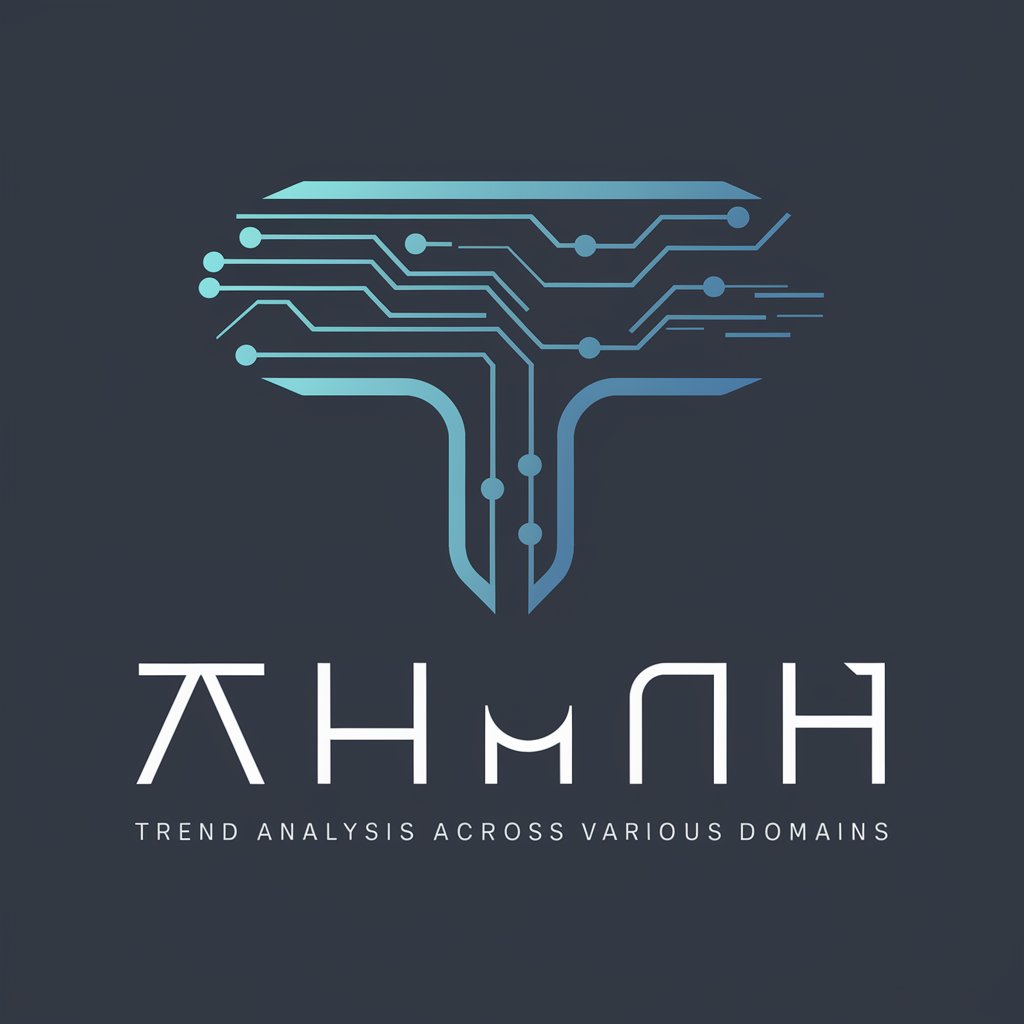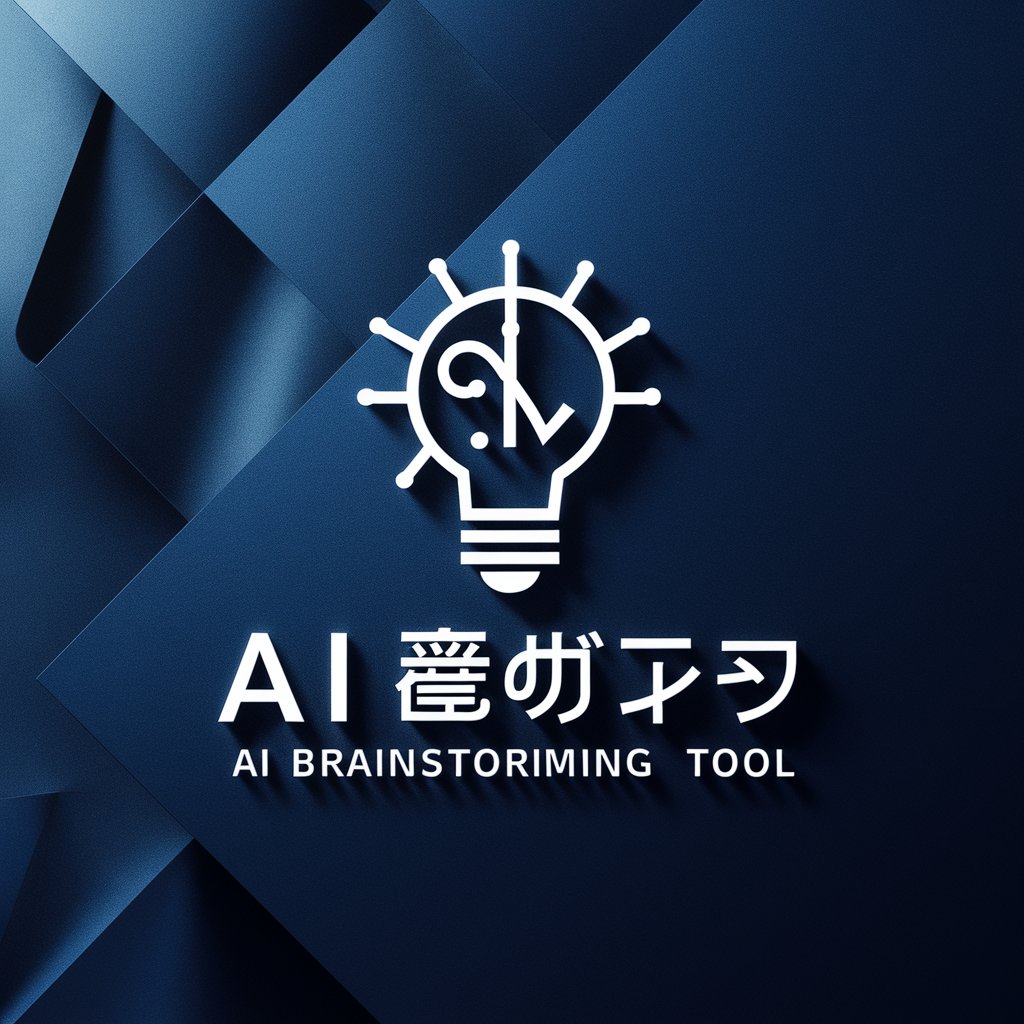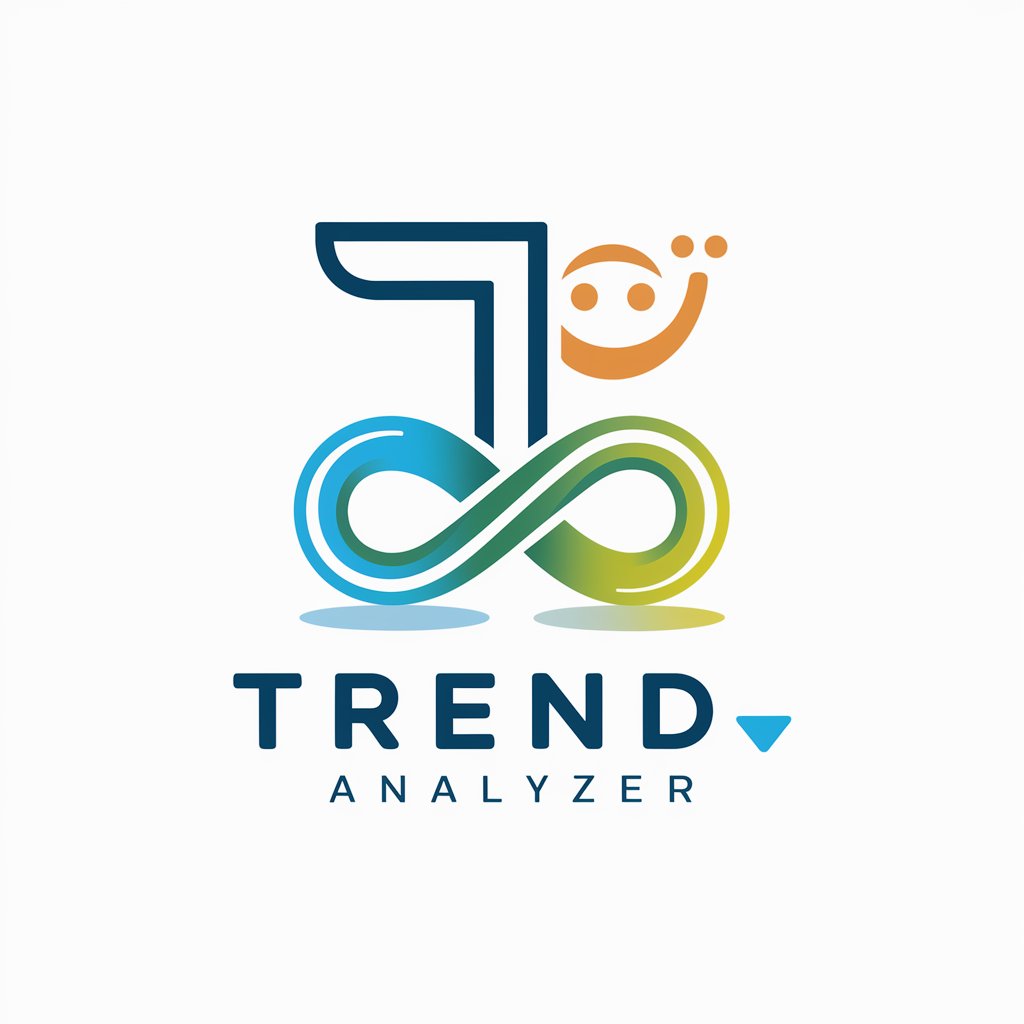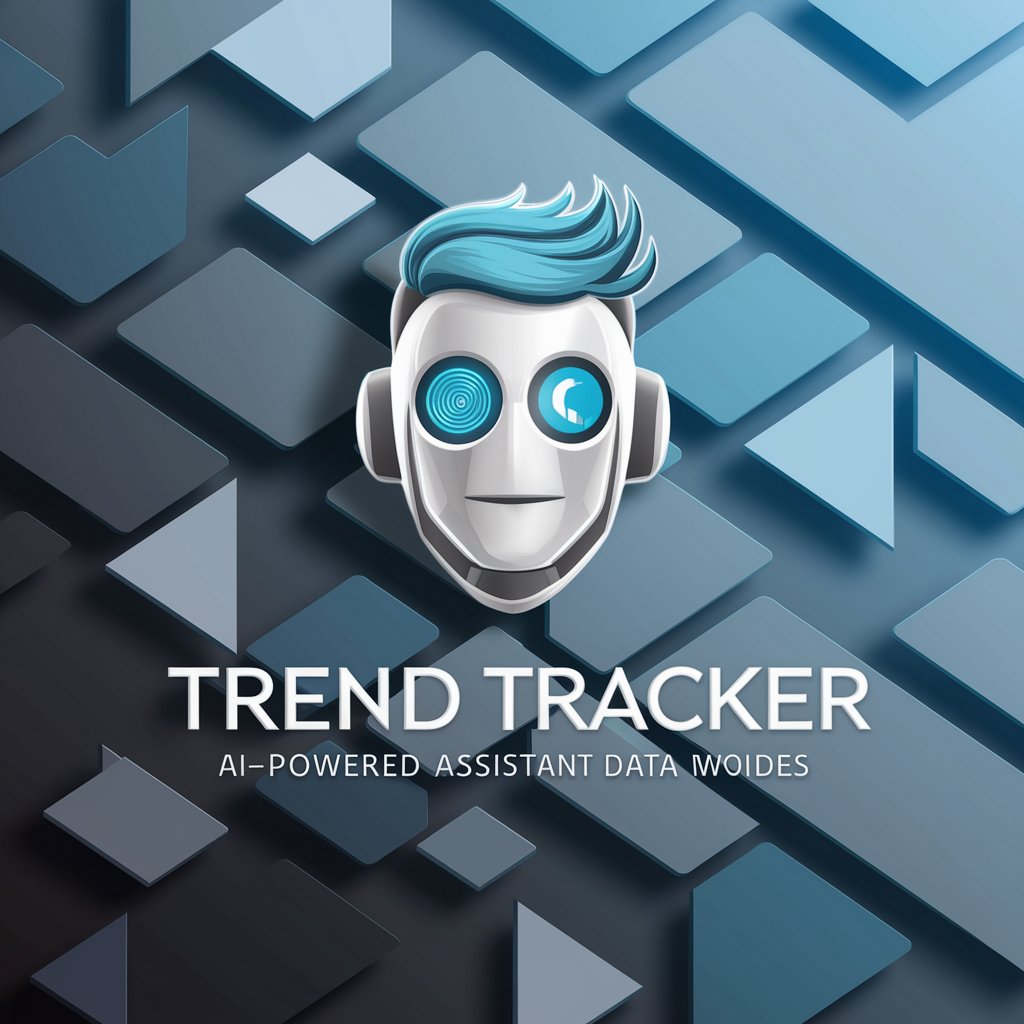
トレンド分析 - Comprehensive Trend Analysis

Welcome to トレンド分析, your go-to for comprehensive trend insights.
Unlocking Future Insights Today
Analyze the current trends in renewable energy technology.
Identify key insights from social media discussions on electric vehicles.
Provide a comprehensive review of the latest advancements in AI and machine learning.
Summarize the latest market trends in the global e-commerce sector.
Get Embed Code
Introduction to Trend Analysis
Trend Analysis is a statistical technique used to identify and analyze patterns or trends in data over time. It's designed to help predict future events or behaviors by analyzing past and current data trends. This technique is widely used across various fields such as finance, marketing, environmental science, and more. For example, in finance, trend analysis can help predict stock market movements based on historical price trends. In marketing, it can identify consumer behavior trends, aiding in the development of targeted marketing strategies. Powered by ChatGPT-4o。

Main Functions of Trend Analysis
Predictive Analysis
Example
Forecasting stock market trends
Scenario
Financial analysts use trend analysis on historical stock data to predict future market movements, aiding investment decisions.
Consumer Behavior Analysis
Example
Understanding consumer purchase patterns
Scenario
Marketers analyze sales data over time to identify patterns in consumer behavior, which helps in tailoring marketing campaigns.
Environmental Trend Tracking
Example
Monitoring climate change
Scenario
Environmental scientists analyze temperature and precipitation data over decades to track climate change and predict future environmental conditions.
Ideal Users of Trend Analysis Services
Financial Analysts and Investors
These users benefit from trend analysis by making informed investment decisions based on market predictions.
Marketing Professionals
Marketers use trend analysis to understand consumer preferences and behaviors over time, helping them create effective marketing strategies.
Environmental Scientists
They rely on trend analysis to understand and predict environmental changes, aiding in the development of conservation strategies.

How to Utilize Trend Analysis
Start Your Journey
Begin by visiting yeschat.ai to sign up for a free trial without the need for login credentials, including bypassing the requirement for ChatGPT Plus.
Identify Your Objectives
Determine what you want to achieve with trend analysis. Common goals include market research, competitor analysis, and identifying emerging trends.
Collect and Analyze Data
Gather relevant data from various sources. Use the tool to analyze the data and identify patterns, trends, and insights.
Apply Insights
Utilize the insights gained from your analysis to inform decision-making processes. This could include adjusting business strategies, marketing approaches, or product development plans.
Review and Adjust
Regularly review the outcomes of your decisions based on trend analysis insights. Adjust your strategies as necessary to stay ahead of the curve.
Try other advanced and practical GPTs
分析助理
Unlock Deeper Understanding with AI

Video Transcriber
Transforming Webinars into Actionable Insights

Video Summarizer
Summarize videos swiftly with AI power

Video Muse
Craft Your Story with AI

Video Visionary
Elevate Your Videos with AI Insight

Video Visionary
Elevate Your YouTube Content with AI

图像分析
AI-Powered Image Insights

AI×ブレインストーミングツール
Unleash Creativity with AI

要点
Simplify Reading, Power Your Understanding

伽利
Power your database with AI

100点姿勢
Elevate Your Posture with AI

法拉利
Harness the Power of AI for Enhanced Information

Frequently Asked Questions about Trend Analysis
What is trend analysis?
Trend analysis is a data analysis tool that helps identify patterns, changes, and potential outcomes in a dataset over time. It's widely used to forecast future events, understand past behaviors, and analyze current conditions.
Can trend analysis predict exact future outcomes?
While trend analysis can provide valuable insights and forecasts, it cannot predict exact future outcomes due to the dynamic nature of variables and unforeseen external factors.
What are the prerequisites for effective trend analysis?
Effective trend analysis requires access to relevant and reliable data, analytical tools like yeschat.ai, and the ability to interpret complex data patterns.
How does trend analysis benefit businesses?
Trend analysis benefits businesses by providing insights into market dynamics, customer behavior, and competitive landscapes, enabling data-driven decision-making.
Can trend analysis be applied to any industry?
Yes, trend analysis is versatile and can be applied across various industries, including finance, healthcare, marketing, and technology, to inform strategic planning and operational adjustments.





